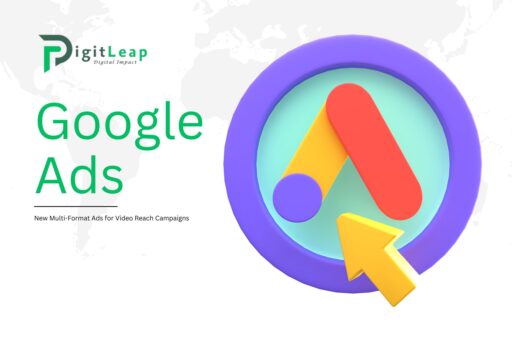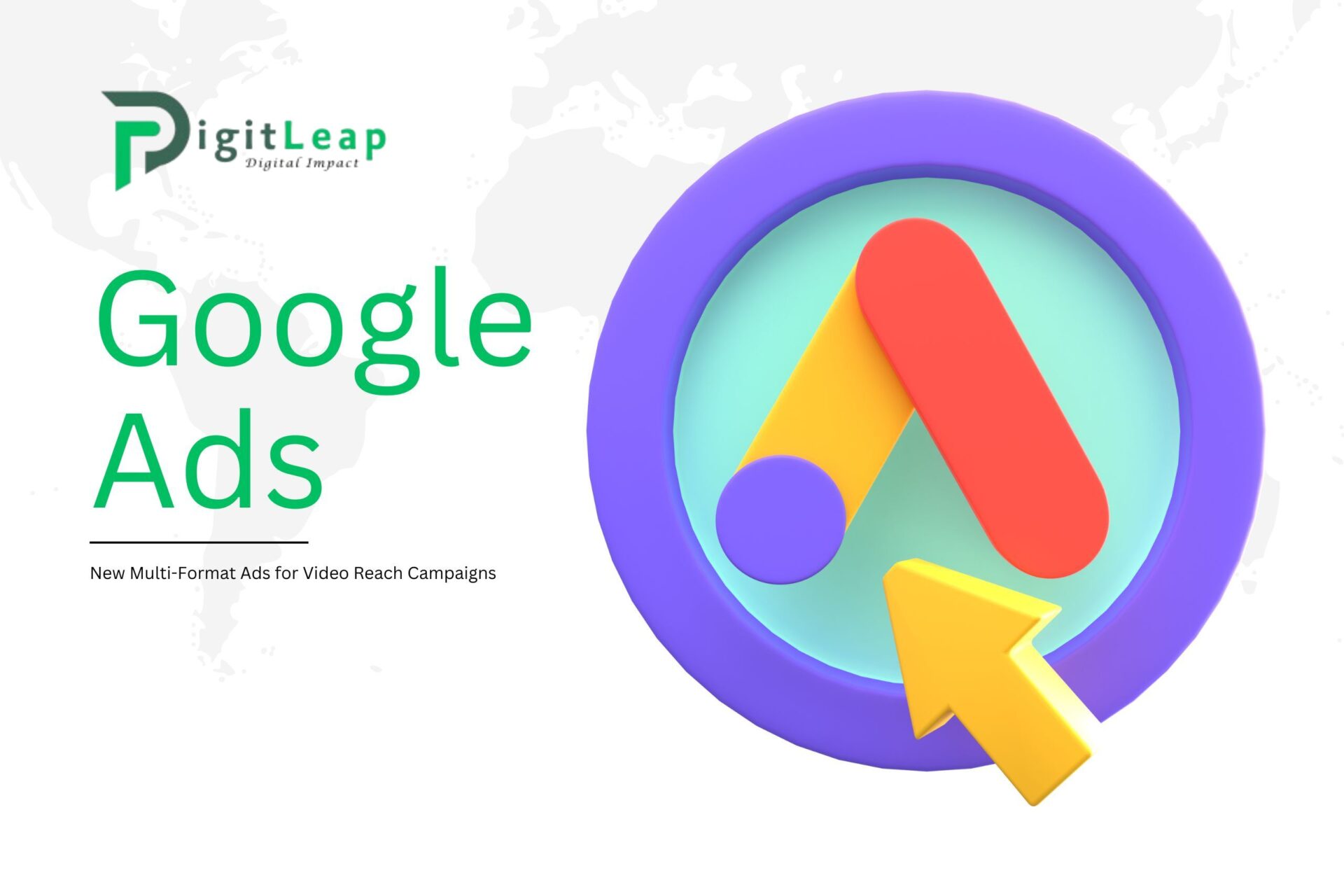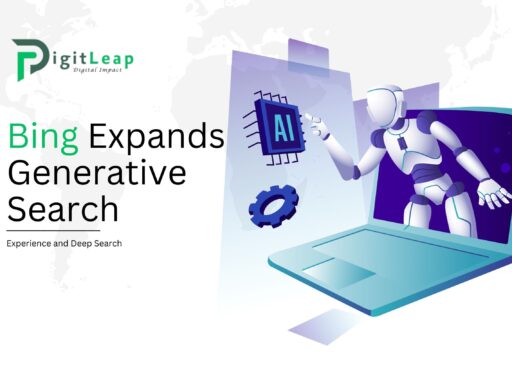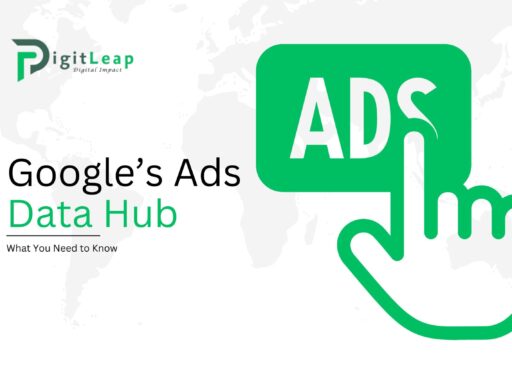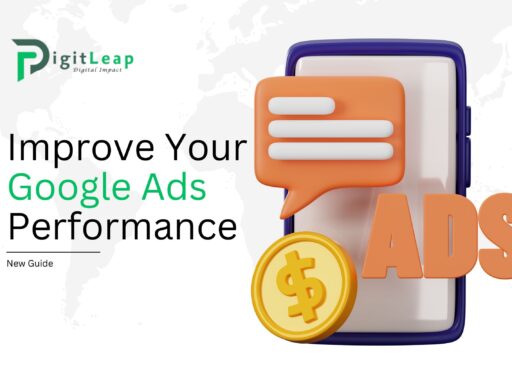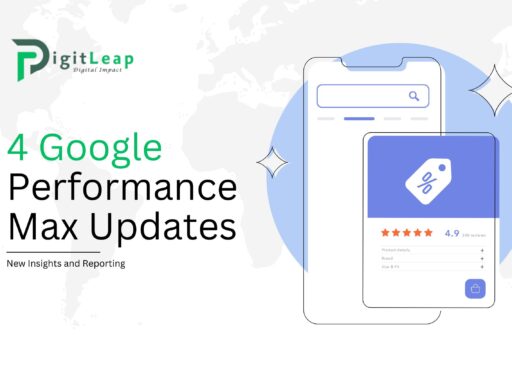Google Ads: New Multi-Format Ads for Video Reach Campaigns
The world of digital advertising is constantly evolving, and Google Ads has once again upped the ante with its introduction of multi-format ads for Video Reach campaigns. For advertisers and marketers, this means a game-changing opportunity to connect with their target audiences more effectively. But what exactly are these new multi-format ads, and how can they impact your marketing strategy? Let’s dive into the details.
What Are Multi-Format Ads?
Google’s multi-format ads are a new feature designed to give advertisers more flexibility and control when running Video Reach campaigns. Essentially, they allow Google to automatically serve the best-performing ad format to your target audience, based on the objectives of your campaign and the platform’s machine learning algorithms. This might include skippable in-stream ads, bumper ads, or non-skippable in-stream ads.
In simple terms, multi-format ads work by offering a combination of ad types to reach a wider range of potential customers. The system selects the format that is most likely to drive engagement based on a user’s behavior and context. By offering multiple formats, these ads can increase the chances of delivering a message that resonates with different segments of your audience.
How Video Reach Campaigns Work
Before getting into the impact of multi-format ads, it’s important to understand how Video Reach campaigns function. These campaigns are designed specifically for advertisers who want to maximize their brand’s reach through video content. Instead of relying on a single video ad format, advertisers can now use multiple formats to enhance reach and engagement.
Video Reach campaigns optimize for impressions and views by delivering ads across various YouTube and Google partner properties. By combining multiple ad formats, these campaigns ensure that your video ads are reaching the right audience at the right time, while also giving you the option to test different formats in a single campaign.
The Benefits of Multi-Format Ads
1. Maximized Reach
One of the biggest advantages of multi-format ads is the ability to reach more people. Each user engages with content differently, and some may prefer short bumper ads, while others might respond better to longer in-stream ads. By allowing Google to serve different ad formats, advertisers can ensure they’re not missing out on any segment of their target audience.
2. Improved Efficiency
With multi-format ads, there’s no need to manually choose which ad format to run for different audiences. Google’s machine learning takes care of this, selecting the format that is most likely to perform best based on real-time data. This saves time and effort for advertisers while improving the overall efficiency of the campaign.
3. Increased Engagement
By offering more relevant ad formats to different users, multi-format ads have the potential to increase user engagement. A viewer who skips a skippable in-stream ad may be more likely to engage with a bumper ad. The idea is to give viewers an ad experience that feels tailored to them, making them more receptive to the message.
4. Flexible Budget Allocation
Advertisers can control their spending more efficiently with multi-format ads. The system optimizes your budget by delivering the best-performing ad formats to your target audience, ensuring that you’re getting the most value out of every dollar spent.
The Role of Machine Learning
At the heart of Google’s multi-format ads is machine learning. Google’s algorithms analyze vast amounts of data, including user behavior, engagement patterns, and content preferences, to determine which ad format is most likely to resonate with each viewer. This means that your ads are constantly being optimized in real-time for better results.
For example, if the system notices that a specific user prefers short, quick ads, it will serve a bumper ad instead of a longer in-stream video. Alternatively, if a user is more likely to engage with longer content, the system will present them with a skippable in-stream ad.
The combination of machine learning and multi-format ads creates a more personalized advertising experience, which in turn can lead to higher conversion rates and better overall campaign performance.
Best Practices for Using Multi-Format Ads
To get the most out of multi-format ads for your Video Reach campaigns, consider the following best practices:
1. Leverage Creative Variety
Since the system can serve multiple ad formats, it’s important to create a variety of video ads that can be used across different formats. This means creating both short-form and long-form video content to ensure that your ads perform well in any scenario.
2. Set Clear Campaign Goals
While Google’s system is highly automated, it’s still essential to have a clear understanding of your campaign’s objectives. Whether you’re aiming for brand awareness, engagement, or conversions, defining your goals will help the system optimize your ads more effectively.
3. Monitor Performance
Even though Google’s algorithms do a lot of the heavy lifting, it’s important to regularly monitor your campaign’s performance. Look at metrics like impressions, views, and conversions to see which formats are working best for your audience and make adjustments as needed.
4. Use Data-Driven Insights
The real-time data provided by Google’s machine learning can give you valuable insights into your audience’s preferences and behaviors. Use this information to refine your creative strategy, targeting, and future campaigns to achieve even better results.
How to Get Started with Multi-Format Ads
Getting started with multi-format ads is simple. If you’re already running Video Reach campaigns, you can enable this feature within your Google Ads account. From there, Google’s machine learning system will take care of the rest, optimizing your ad formats based on performance.
If you’re new to Google Ads, consider starting with a Video Reach campaign and enabling multi-format ads to see how they perform for your business. This will allow you to test different ad formats and see which ones work best for your audience.
The Future of Video Advertising
As video continues to dominate digital marketing, Google’s introduction of multi-format ads for Video Reach campaigns is a clear sign of where the industry is headed. Advertisers can no longer rely on a one-size-fits-all approach to video advertising. With so many different platforms, devices, and user preferences, it’s more important than ever to be flexible and adaptable in your strategy.
Multi-format ads offer a unique opportunity to stay ahead of the curve by delivering personalized ad experiences to a diverse audience. By leveraging machine learning and a variety of ad formats, businesses can not only increase their reach but also create more meaningful connections with their customers.
Conclusion
In summary, Google Ads’ new multi-format ads for Video Reach campaigns provide an exciting opportunity for advertisers to enhance their video marketing strategies. With the power of machine learning and flexible ad formats, businesses can reach more people, improve engagement, and maximize their advertising budget.
At DigitLeap, we believe that embracing these innovations is key to staying competitive in today’s fast-paced digital landscape. By incorporating multi-format ads into your video campaigns, you can unlock new levels of potential and take your marketing efforts to the next level.
FAQs
Q1. What are multi-format ads?
Multi-format ads allow Google to serve different video ad formats automatically, optimizing for performance based on the target audience’s behavior.
Q2. How do multi-format ads benefit advertisers?
They provide better reach, improved efficiency, increased engagement, and flexible budget allocation, all powered by Google’s machine learning.
Q3. Can I control which ad formats are used in a Video Reach campaign?
No, Google’s machine learning selects the best-performing formats for each user based on their preferences and engagement history.
Q4. How do I get started with multi-format ads?
Simply enable multi-format ads when setting up a Video Reach campaign in your Google Ads account, and Google will handle the rest.
Q5. What should I focus on when creating multi-format ads?
It’s important to have a variety of creative video content that works well across different formats, while also setting clear campaign goals and monitoring performance regularly.

